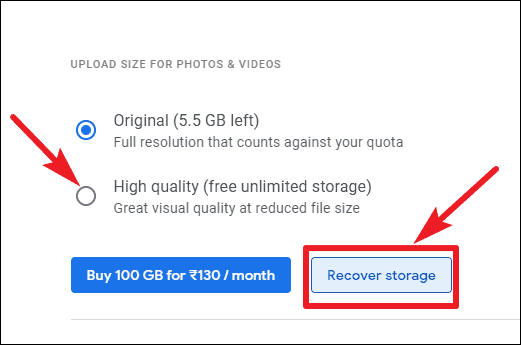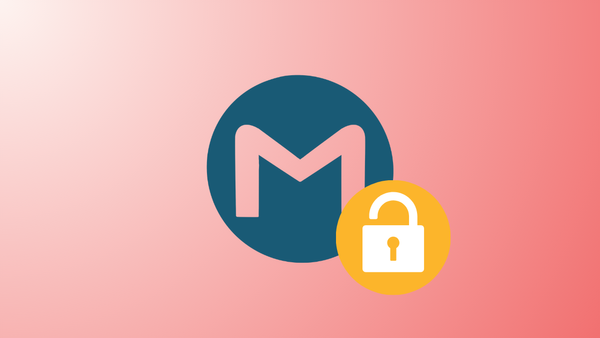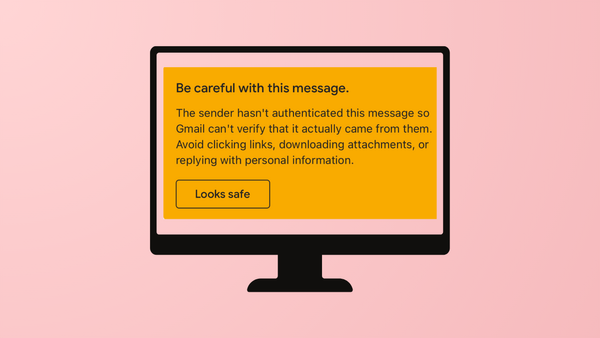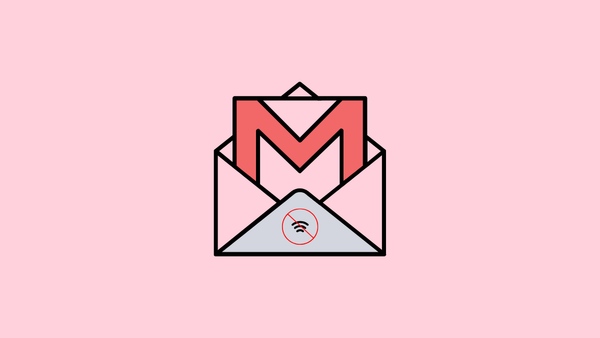Gmail offers 15 GB of free storage shared across its services like Google Drive, Google Photos, and Gmail itself. Over time, this space can fill up, preventing you from sending or receiving emails. Fortunately, there are effective ways to free up space and keep your Gmail account functioning smoothly.
Freeing up space in Gmail
Step 1: Identify and delete large emails that consume significant storage. In Gmail's search bar, type size:10mb to find emails larger than 10 MB.

Step 2: Use search operators like larger: and smaller: to find emails within specific size ranges. For example, typing larger:5mb smaller:10mb will display emails between 5 MB and 10 MB.
Step 3: Delete old emails that are no longer needed. Use the older: operator followed by a date to find emails before a certain date, such as older:2019/12/31.
Step 4: Empty your Spam and Trash folders, as emails in these folders still occupy storage space.
Managing storage in Google Drive
If Google Drive is using a large portion of your storage, you can free up space by deleting unnecessary files.
Step 1: Visit the Google Drive Quota page to see a list of your files sorted by size. Click on Storage used to sort the files from largest to smallest.

Step 2: Review the largest files and delete any that are no longer needed.
Step 3: Check the Shared with me folder for files that may be taking up space unnecessarily.
Step 4: Remember to empty your Trash folder in Google Drive to permanently remove the files and free up space.
Optimizing storage in Google Photos
Photos and videos can consume considerable storage space, especially if stored in original quality.
Step 1: Open Google Photos on your computer and go to Settings. Select Storage saver or click on Recover storage.

Step 2: Choosing the Storage saver option compresses your photos to a high-resolution format that uses less space. Keep in mind that this action cannot be undone, and the original quality will be lost.
Google Photos' high-quality setting supports photos up to 16 megapixels, which is sufficient for most users.
Identifying what is using your storage
Understanding which services are consuming your storage is crucial. Visit Google One to see a breakdown of your storage usage across Gmail, Google Drive, and Google Photos.

With this information, you can focus your efforts on the services that are using the most space.
By following these steps, you can effectively manage your Google account's storage and ensure you have enough space for the emails and files that matter most.









Member discussion